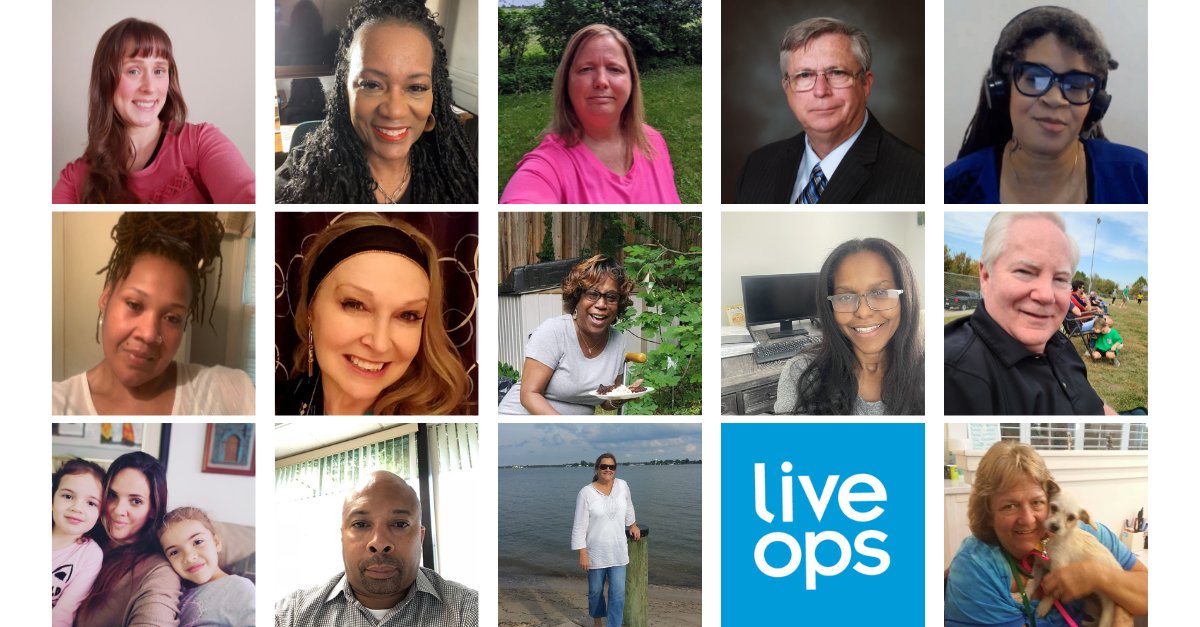The mindset of the workforce has shifted: why enterprises should care
minutes

For many in the workforce, flexibility is now seen as a requirement, not a luxury
Thanks in part to the organizers of the 1886 May Day Strike, the 9-to-5 workday was established to give workers “eight hours for work, eight hours for rest, eight hours for what we will.” Although, with long commutes, global partnerships, and last-minute, emergency midnight email threads, the idea of dividing up the day in three eight-hour chunks has become almost mythological for many in the workforce.
For most of us, the COVID-19 pandemic transformed nearly every aspect of our lives, both personal and professional. After getting accustomed to working from home, more and more employees have begun to see it as a necessity to maintain a healthier work/life balance. Now, as businesses seek to resume in-office operations, their employees are hesitant to return to the way things were pre-pandemic.
A new mindset
Over the last several years, the mindset of the workforce has been shifting toward a more flexible, autonomous model. People are taking control of their work/life balance, and the COVID-19 pandemic supercharged this movement.
For some workers, the desire for flexibility wasn’t apparent until it was required. The job loss in 2020 was enormous, particularly for women. 29% of women in the workforce reported a reduction in hours and 9% left their jobs altogether. Working parents were forced to juggle their job responsibilities with daycare and ensuring that their children were engaged with virtual schooling. While many women who downshifted in 2020 aim to return to their job in a full-time capacity, they are also pursuing a work model that will maintain their newfound flexibility.
Working remotely, while maintaining flexible hours, has become non-negotiable for many in the workforce. A recent survey reveals that 60% of workers polled are willing to accept lower wages and salaries in exchange for greater flexibility and the ability to work remotely for the foreseeable future. In addition to greater control over their schedules, workers cite a desire to ditch the commute, spend more time with friends and family, and the ability to maximize productivity as the key benefits of working from home.
A worker’s market
The June 2021 jobs report suggests that businesses are aggressively seeking workers to fill thousands of new openings, especially within the leisure and hospitality industry. In total, 850,000 job openings were posted throughout the month.
And yet, economic recovery has been slow to meet projections as businesses in a number of industries are struggling to find the right candidates. Adding to the uncertainty businesses are facing, a survey conducted in March found that 26% of American workers expressed interest in leaving their current job once they felt the pandemic was no longer an obstacle to new opportunities.
Businesses—now desperate to hang on to their existing staff as well as attract new workers—have begun to offer major workplace incentives such as higher wages and signing bonuses. Despite their best efforts, a higher number of companies are reporting a higher rate of employees leaving their positions after only a few weeks. If they even show up at all in the first place.
Instead, employees are finding part-time or freelance jobs, which allow them a greater sense of flexibility that traditional in-person work currently cannot provide. In just one year, from Q1 2020 to Q1 2022, remote work postings have seen a 7x increase in views on online job boards.
The shift of the mindset will continue to evolve, but the weathervane is pointing in the direction of a more flexible and empowered workforce. Enterprises that adapt to this trend will find more success in attracting and retaining talent.




